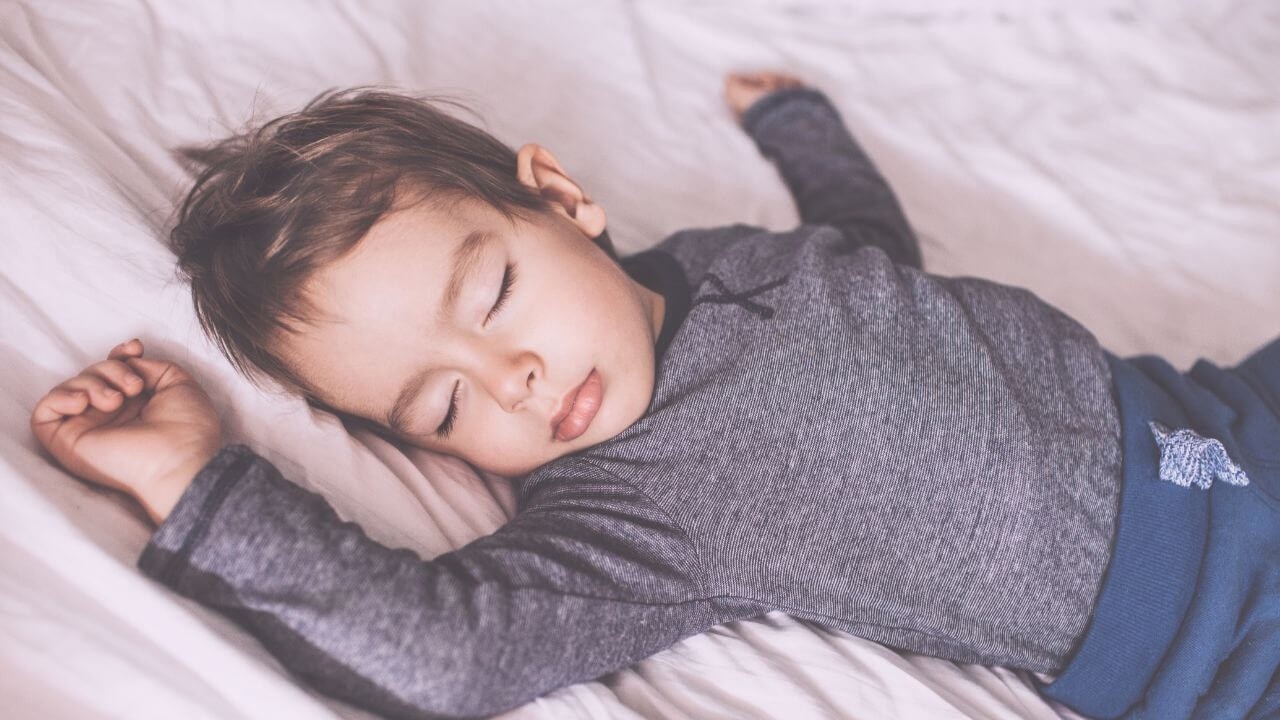
What is a "dream pee" and how to use it.
Sep 15, 2022Your child is daytime trained or perhaps you're deciding whether it's time to ditch diapers for days and nights at the same time.
You've read and heard about a "dream pee," but what is heck is it?!
And how do you go about implementing it?
But first, let's talk about what needs to happen developmentally for a child to stay dry during the night.
"Brain to bladder connection"
In order for a child to wake up dry, a few things need to happen developmentally.
- The sleep cycle and bladder need to get to a point where a child will wake up when the bladder is full - otherwise known as a brain to bladder connection
- Having a large enough and strong enough bladder to hold urine for long stretches of time
- The body needs to increase antidiuretic hormones (ADH) to produce less urine during the night versus day.
Whats important to note here is ADH hormones are produced at different stages and amounts for each child.
Some kids can stay dry during the night at around the age of 24 months.
Other kids are still waking up wet around the age of 4 and older.
For some kids, intervention is needed to help train the brain to bladder connection in order to help your child stay dry, or wake up when they feel the urge to pee and hold it in until they reach a potty.
This is ultimately what we are trying to achieve with night-time training.... and where a dream pee comes into play.
What is a dream pee?
A dream pee is when you wake up your child during the night when they are half asleep, put them on the potty to empty out their bladder and then put them straight back to sleep... with the goal to keep pushing out this dream pee until your child's normal wake up time.
By doing this, you are ultimately helping to encourage your child's brain to bladder connection.
How does it work?
With minimal lighting like a night light, most children will be sleepy enough to be put on the potty without actually being woken up fully, and then put straight back into bed to sleep.
Initially, you can start with one or two dream pees, depending on how long your child can stay dry before they wet the bed.
Ideally you want to space this out around 3-4 hours after your child has gone to bed (typically around 10-11pm), and a second dream pee around 2-3am.
For example, you may wake up your child at 11pm only to find your child has peed already. Or you may go to wake up your child at 3am, to find your child has already wet the bed. For the next night, wake them up earlier.
Over time, slowly move these times later until you are left with one dream pee.
For example, you may have been waking your child up around 10.30pm and 3am for a few nights, moving this later by 30 minutes each night.
After around 10 days, focus on dropping the second dream pee first. Eventually this may become just one dream pee around 12am.
After around 2 weeks of dream pees, drop them altogether and monitor your child’s progress. If you are noticing your child has accidents after a few nights of no dream pees, go back to drying a dream pee again for a few nights before trying without again.
How do you phase them out?
The process to get rid of dream pees varies from child to child!
It took my child around 3 months in total to adjust without a dream pee.
What if my child is resistant to waking up for these dream pees?
Focus ensuring your child’s bladder is completely empty prior to bed and emptying your child’s bladder upon wake up.
If you would like more information on how to go about night time training your child, you can check out my mini course and guide here
Ready to ditch diapers for good this summer?
Fast, easy, stress-free potty training IS possible with our best-selling course Cut The Crap. Love it, or your money back.


